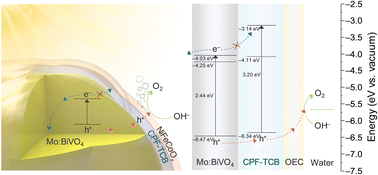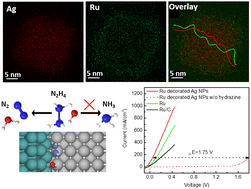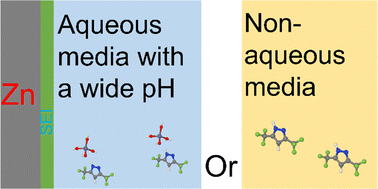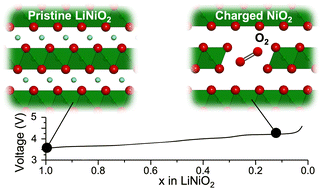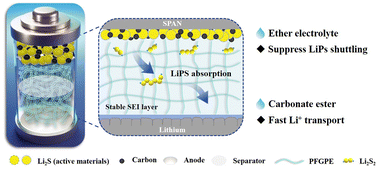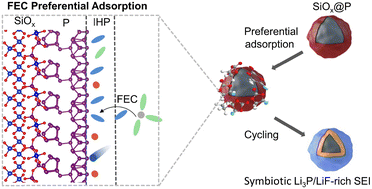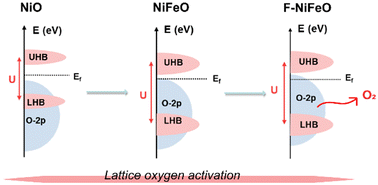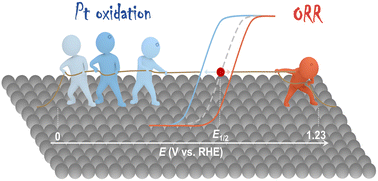Energy Environ. Sci., 2024, Advance Article
DOI: 10.1039/D3EE03353H, Paper
DOI: 10.1039/D3EE03353H, Paper
 Open Access
Open Access This article is licensed under a Creative Commons Attribution-NonCommercial 3.0 Unported Licence.
This article is licensed under a Creative Commons Attribution-NonCommercial 3.0 Unported Licence.Jin Wook Yang, Su Geun Ji, Chang-Seop Jeong, Jaehyun Kim, Hee Ryeong Kwon, Tae Hyung Lee, Sol A Lee, Woo Seok Cheon, Seokju Lee, Hyungsoo Lee, Min Sang Kwon, Jooho Moon, Jin Young Kim, Ho Won Jang
The conformal heterojunction of a competent hole transport layer onto the nanoporous BiVO4 photoanode is highly challenging, despite its promise for unbiased photoelectrochemical (PEC) water splitting.
To cite this article before page numbers are assigned, use the DOI form of citation above.
The content of this RSS Feed (c) The Royal Society of Chemistry
The conformal heterojunction of a competent hole transport layer onto the nanoporous BiVO4 photoanode is highly challenging, despite its promise for unbiased photoelectrochemical (PEC) water splitting.
To cite this article before page numbers are assigned, use the DOI form of citation above.
The content of this RSS Feed (c) The Royal Society of Chemistry

